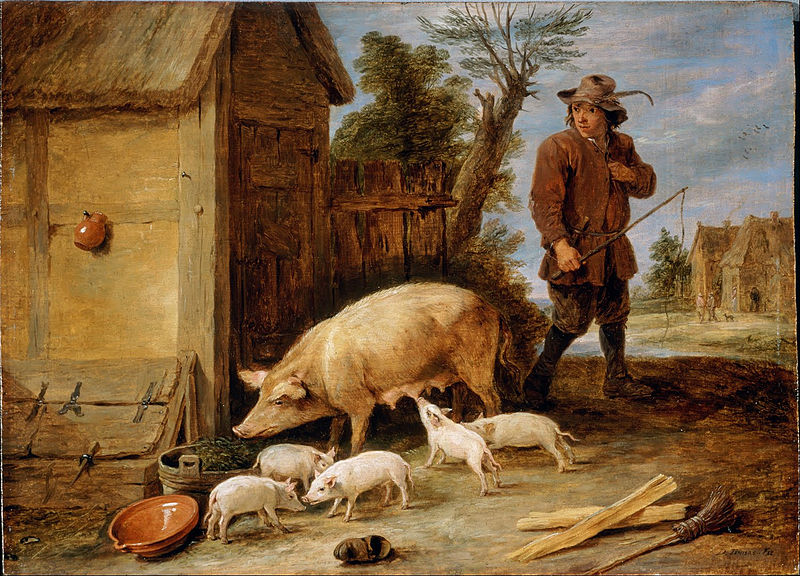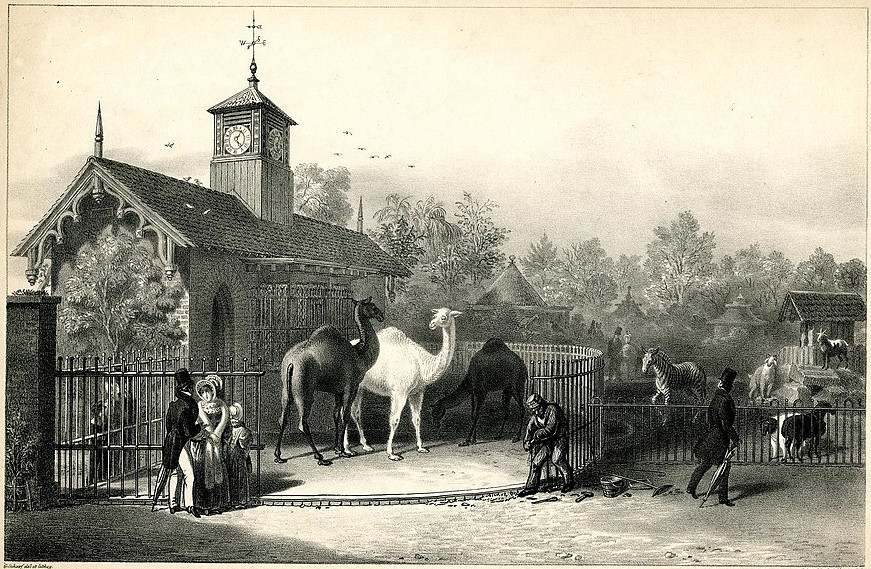This passage, from E.B. White’s Charlotte’s Web, is often cited as a masterpiece of rhythm — the length of the phrases diminishes with the motion of the swing:
Mr. Zuckerman had the best swing in the county. It was a single long piece of heavy rope tied over the north doorway. At the bottom end of the rope was a fat knot to sit on. It was arranged so that you could swing without being pushed. You climbed a ladder into the hayloft. Then, holding the rope, you stood at the edge and looked down, and were scared and dizzy. Then you straddled the knot, so that it served as a seat. Then you got up all your nerve, took a deep breath, and jumped. For a second you seemed to be falling to the barn floor far below, but then suddenly the rope would begin to catch you, and you would sail through the barn door going a mile a minute, with the wind whistling in your eyes and ears and hair. Then you would zoom upward into the sky, and look up at the clouds, and the rope would twist and you would twist and turn with the rope. Then you would drop down, down, down out of the sky and come sailing back into the barn almost into the hayloft, then sail out again (not quite so far this time), then in again (not quite so high), then out again, then in again, then out, then in; and then you’d jump off and fall down let somebody else try it.
“All that I hope to say in books, all that I ever hope to say, is that I love the world,” White wrote. Though Eudora Welty called Charlotte’s Web “just about perfect,” White never revealed his reason for creating it. “I haven’t told why I wrote the book, but I haven’t told you why I sneeze, either,” he wrote to his editor. “A book is a sneeze.”





